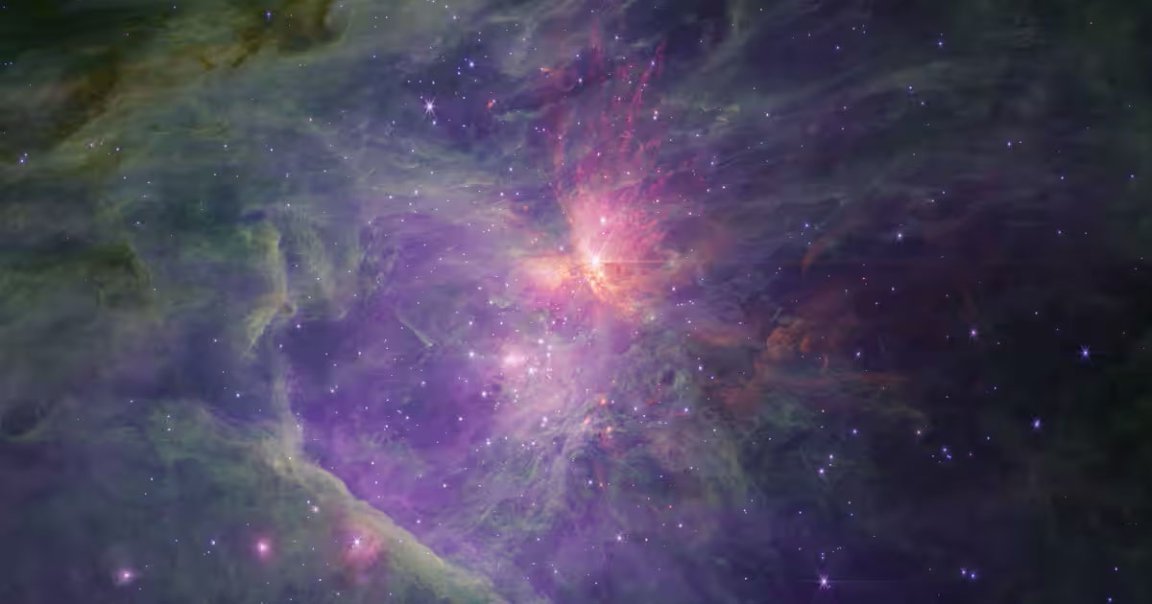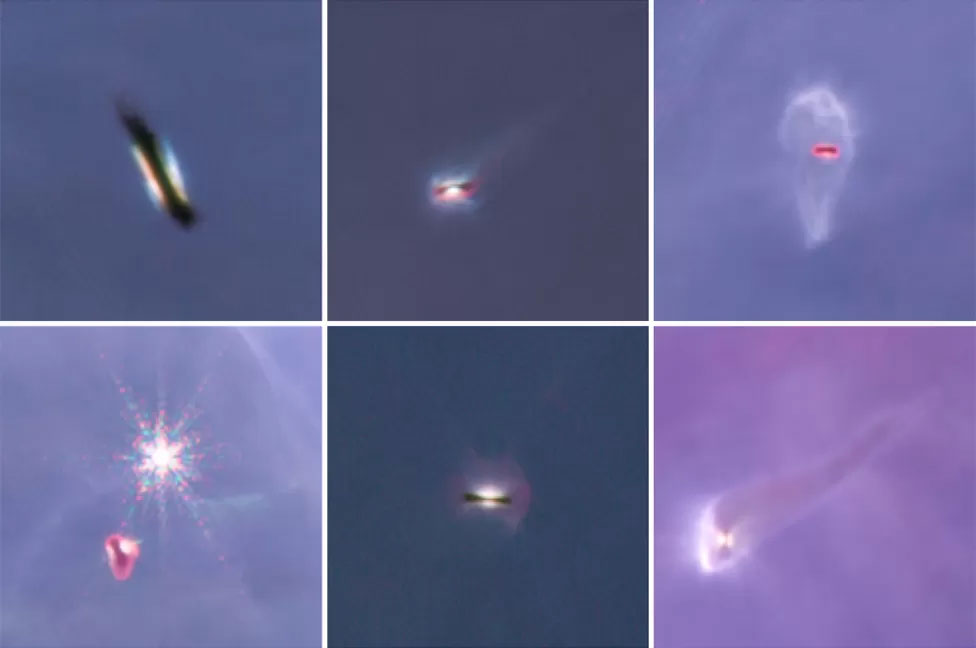
Jumbo Discovery
NASA’s James Webb Space Telescope has spotted hundreds of lonely “planets” that are seemingly floating through empty space without being tethered to any star in particular. But many of them are not totally alone: instead, they’re appearing in pairs.
The discovery of these Jupiter Mass Binary Objects (JuMBOs), which showed up in a new survey of the Orion Nebula, has astronomers baffled, and could potentially force scientists to reevaluate our existing models of how planetary systems are formed.
“My reactions ranged from: ‘Whaaat?!?’ to ‘Are you sure?’ to ‘That’s just so weird!’ to ‘How could binaries be ejected together?'” multidisciplinary scientist and JWST scientist Heidi Hammel, who was not on the survey team, told the BBC.
Scientists have two possible explanations for the unusual phenomenon. They could either be proto-planets that haven’t had the chance to fully form, or they originated in solar systems, but were later ejected into interstellar space.
“We were looking for these very small objects and we find them,” Mark McCaughrean, a senior adviser for science and exploration at the European Space Agency, told The Guardian. “We find them down as small as one Jupiter mass, even half a Jupiter mass, floating freely, not attached to a star.”
“Physics says you can’t even make objects that small,” he added. “We wanted to see, can we break physics? And I think we have, which is good.”

Chihuahua-Mass Pet
They may have some hallmark characteristics of planets, like a hot atmosphere with steam and methane in it, but experts say they’re technically not planets.
McCaughrean had an evocative analogy to explain the distinction.
“Most of us don’t have time to get wrapped up in this debate about what is a planet and what isn’t a planet,” McCaughrean told The Guardian. “It’s like my cat is a chihuahua-mass pet. But it’s not a chihuahua, it’s a cat.”
While McCaughrean suggested in an interview with the BBC that the “ejection hypothesis is the favored one at the moment,” the fact that the James Webb identified around 40 JuMBOs in pairs complicates matters.
“But how do you kick out pairs of these things together?” he told the BBC. “Right now, we don’t have an answer. It’s one for the theoreticians.”
More on James Webb: James Webb Spots Possible Signs of Life on Distant Planet